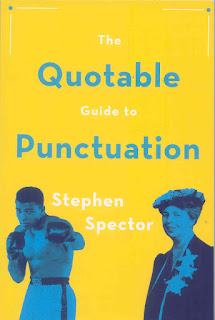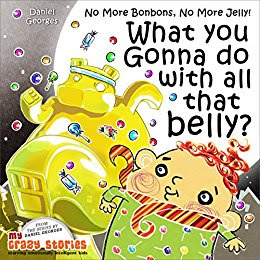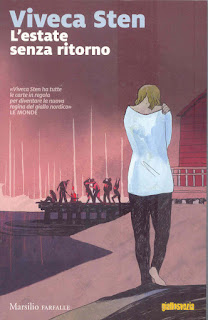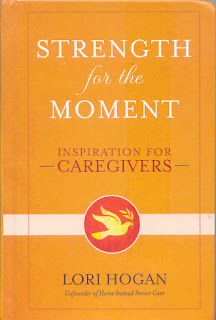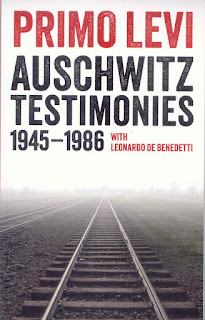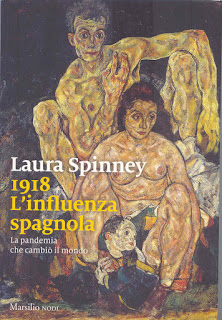
Fortune's Fool The Life of John Wilkes Booth by Terry Alford attracted my attention because since at recent years, my knowledge of Lincoln's assassination was pretty brief. He was killed in a theater. That was the story.
Then, thanks to the Boston Globe and later reading and reviewing American historical books I discovered who the killer was and I felt the desire of understanding more of this young boy. Maybe because he wasn't a desperate person, someone in search of attention; he wasn't a poor devil, but someone affirmed. So, why addressing a life plenty successful life in this direction?
I didn't know that since now no one had written a real biography about Booth.
I just can tell you that this one is an extraordinary biography.
It is written with love, passion, it is plenty of great material, sources. You won't put down this book 'till the end because it's written for capture the attention of the reader, it's written for remain and not for passing. Like the story of J.Wilkes Booth.
For the first time Alford gives an exact portrait of the controversial young man passed at the history for having killed Abraham Lincoln and it is a spectacular reconstruction, vivid, sincere.
Published by Oxford University Press, this remarkable biography will explain in detail the brief, short, tormented life of John Wilkes Booth, true, but it will be a portrait, of John's family as well.
J.Wilkes Booth's dad and mother were British but Junius Brutus Booth an actor, violent sometimes, absolutely eccentric, a drunker, someone also completely unclear regarding his relationship with the wife, tried to search fortune in the USA with great success.
A family this one of "revolutionaries men," I would say considering the names that they put at the various males, members of the family.
Actors, of course and the best ones (could you doubt it for a second?) if you look closely at the book cover pic of John Booth (and at the other three pictures inside the book) you can see the tragicity of his existence, his peaceless heart, this spasmodic research for something or someone. You can see through that eyes his extreme dangerous flame, his instability.
Soon other brothers of John, Edwin for all involved by his father in acting. Junius would have preferred another path for his troubled son John, a military career, but it was a complete failure. The school added that they were not a reformatory. John Wilkes was a rebel.
Many brothers and sisters, little John suffered a lot for the eccentricities of his dad and his departure later meant for the family who lived in Bel Air Maryland and in the countryside, economical restrictions. The family established the residence in the country house, although they experienced serious problems.
Edwin helped the family financially, and John, the family returned to live in the city, started to act as well.
He was a boy grown up in a countryside, so, at first, it was a hard job to educate him at the art of acting but John excelled soon, devoted in particular to that South of the US who welcomed him, falling in love for the ideals of the Southerners.
His life was pretty short and since Lincoln was elected John Wilkes Booth adopted severe words against him.
But...
What it was shocking, was this escalation, no, better, fixation and hate for President Lincoln, this desire of kidnapping President Lincoln for later kill him, studied with great precision. John would have been helped by a lot of people.
Then, the final idea: the anti-heroic act: to kill the President while he assisted in the theater at a play. Pure tragicity, pure melodrama. Pure drama. Everyone would have assisted at a real death maybe not on stage but close to it.
Not anymore fiction but reality.
A real President, a real actor, real blood, real sufferance, real crying, real desperation, real chaos.
It was Booth who suggested once to invite the President at the Ford theater and they accomplished this desire.
President Lincoln loved to attend these events. He grew up pretty poor, he was a peasant at long, he lived in a countryside, he experienced a lot of sad events, he lost various children, his mother when little. It was a pretty sad life the one of Lincoln.
Great knowledge of the Ford theater, John killed the President with simplicity, and also the manhunt (he rushed away with a horse and a broken leg) was long from April 14-26 when he was found and shot. He didn't die immediately. It was a long agony, a doctor was called for trying to see if this killer could have been saved but no, that one was a mortal wound.
In his agony Booth continued to repeat that he killed the President because he thought that it was the proper thing to do.
A problem also the place where John Wilkes Booth was buried. Edwin, his brother didn't want to assign him any kind of gravestone. What John did too horrible for them, for the USA, but as you will read the place was soon discovered...Newsmagazines hypothesized that he was still alive but that one was a pure legend.
The destiny of John Wilkes Booth a talented actor, a big star who could have had a brilliant future, a wonderful family, honor, and that would have been remembered forever as the most important actor of theater of 1860s and so on was interrupted tragically at 27 years for a horrible act and for personal desire.
A gesture this one of killing the President that affected also all his family per generations, because these tragedies are never isolated and confined in the personal sphere.
I love this cover. I didn't noticed it at first...There are some glitters.
J.Wilkes Booth after all has been a fallen and tragic star but for some time his personal star and talent was bright, radiant and superlative as actor.
Bert Sheldon Lincoln estimator said: "When Lincoln made his ascent into immortality, he took J.Wilkes Booth with him."
Highly recommended to everyone, but also to all that people in love for Lincoln's biographies, theater, American history, biographies in general
I thank Oxford University Press for the physical copy of this book.
Anna Maria Polidori
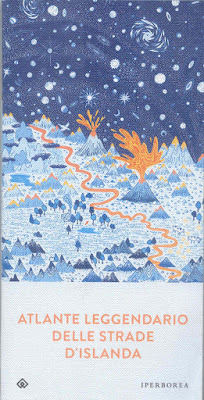 What a joy to receive and read Atlante Leggendario delle Strade d'Islanda, "The Legendary Atlas of Iceland's Roads" published by Iperborea with great success.
What a joy to receive and read Atlante Leggendario delle Strade d'Islanda, "The Legendary Atlas of Iceland's Roads" published by Iperborea with great success.
